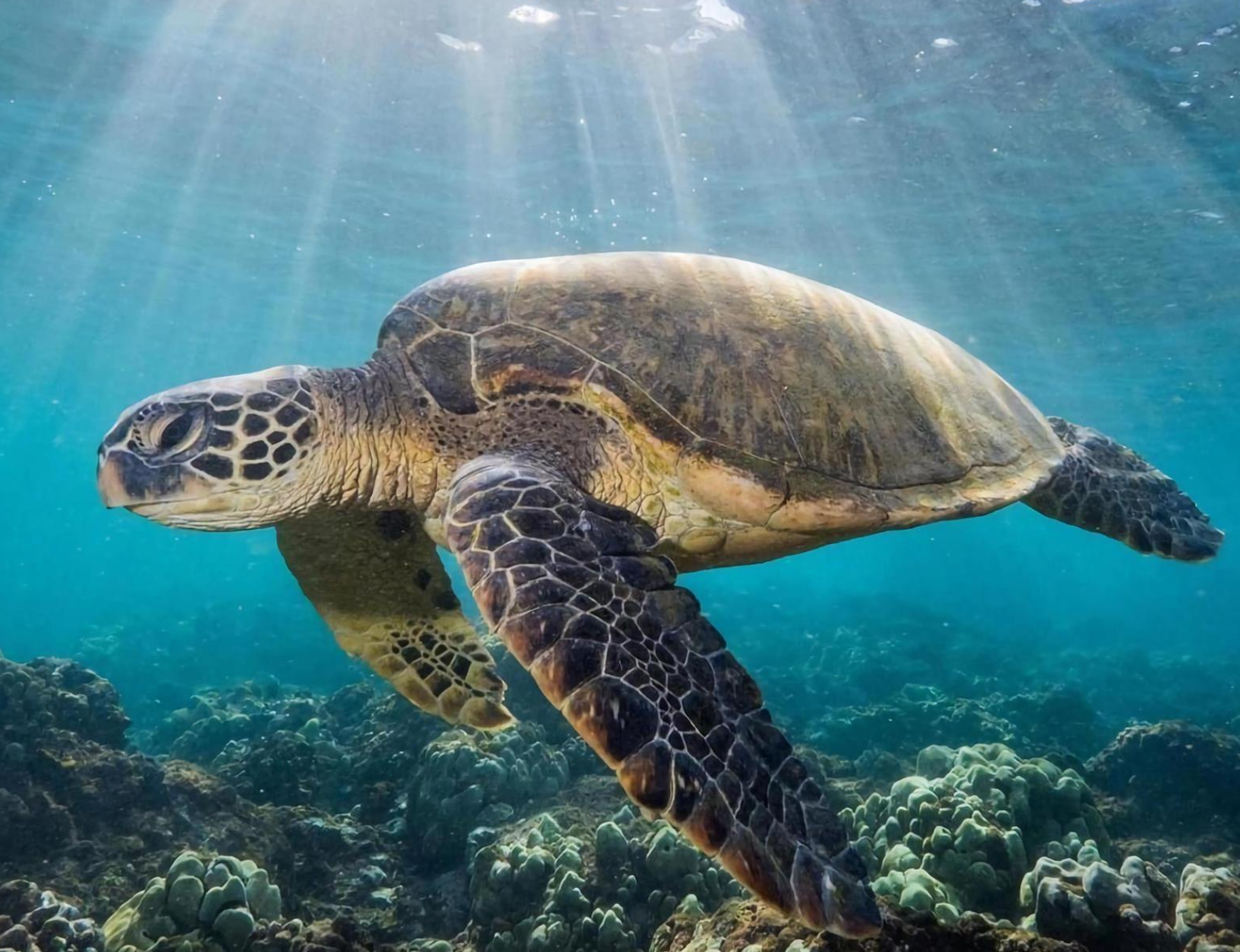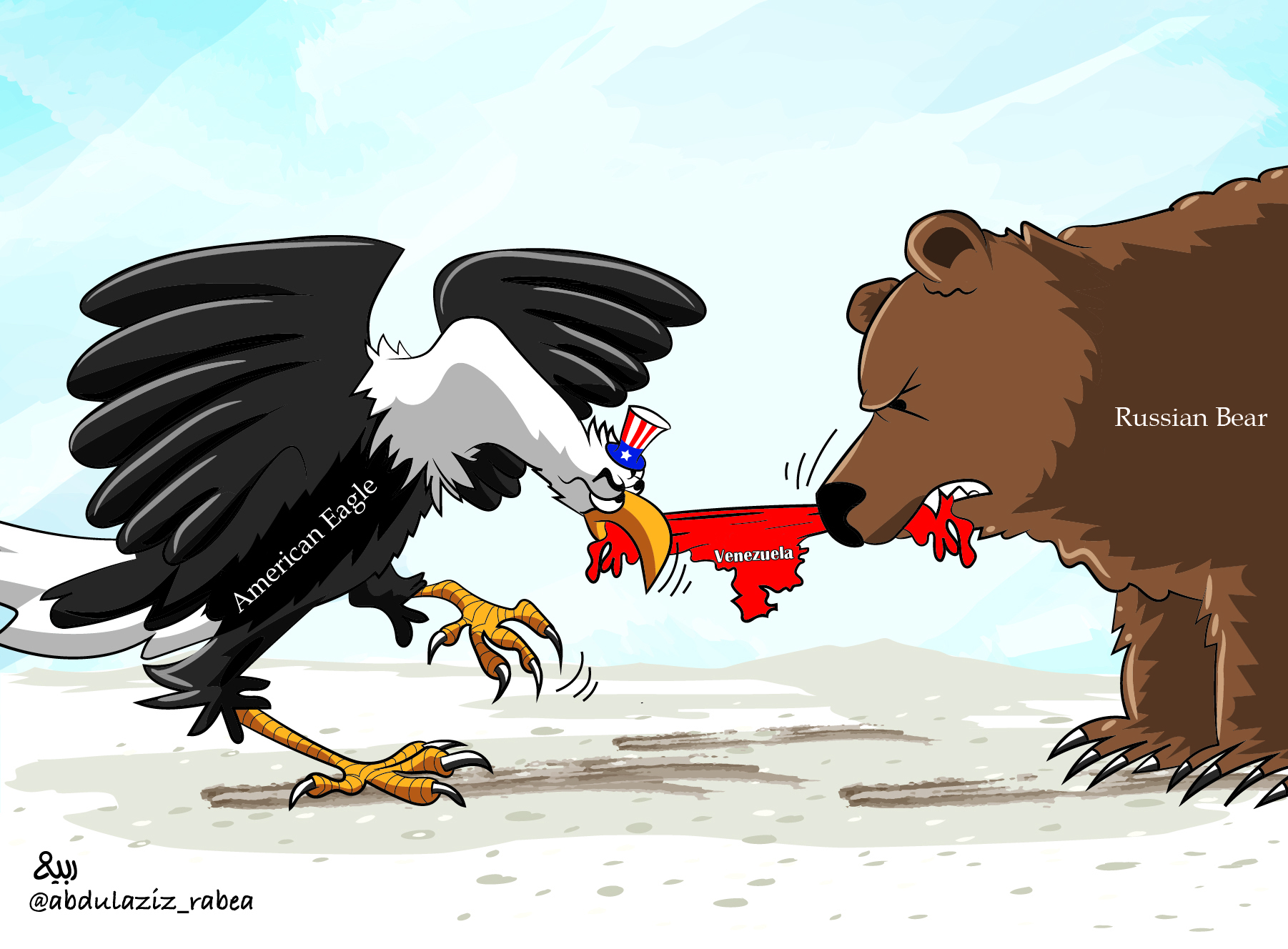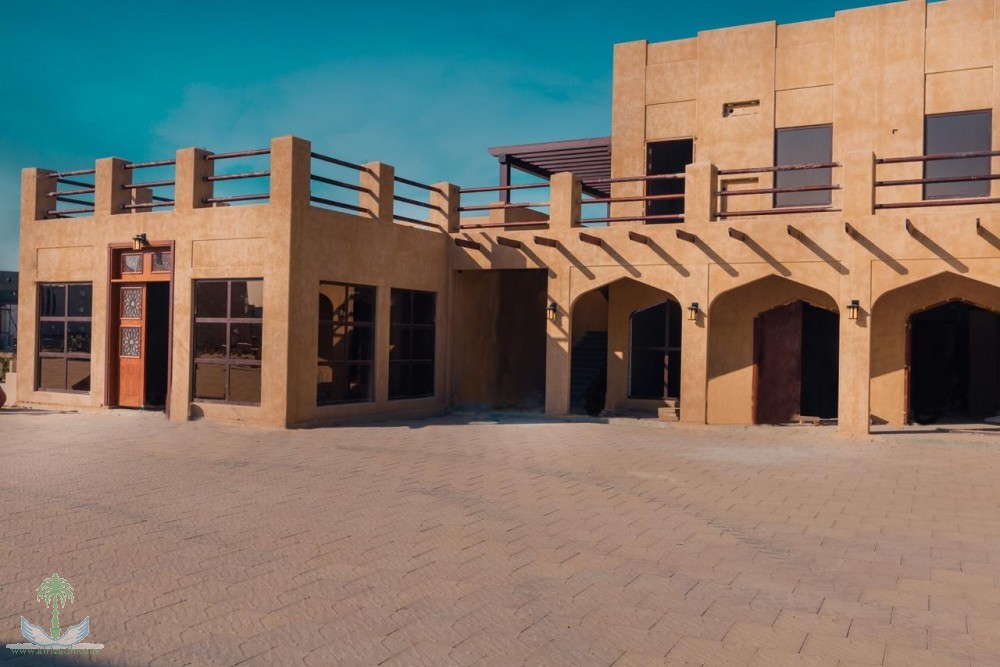
Which Sea is a Global Hub for Marine Biodiversity?
The Red Sea is recognized as one of the most vital marine ecosystems on Earth, celebrated for its unique environmental, geographical, and geological features that make it a global center for marine biodiversity.
According to the General Organization for Conservation of Coral Reefs and Turtles in the Red Sea (Shams), the sea is home to thousands of marine species, including fish, corals, molluscs, crustaceans, and marine mammals. A significant portion of its life is endemic, meaning it is found nowhere else in the world: 17% of its fish, 16% of its corals, and 30% of its invertebrates.
The Red Sea's status as a deep continental rift valley provides diverse habitats, including mangrove forests and seagrass beds. The water's exceptional clarity allows sunlight to penetrate deeply, supporting the growth of healthy coral reefs. Notably, the coral reefs in the northern Red Sea show a remarkable resilience to high temperatures, making them a crucial climatic refuge and a vital genetic reservoir for corals worldwide.
The sea's high salinity and warm waters also contribute to the development of unique and highly adaptive marine species.








